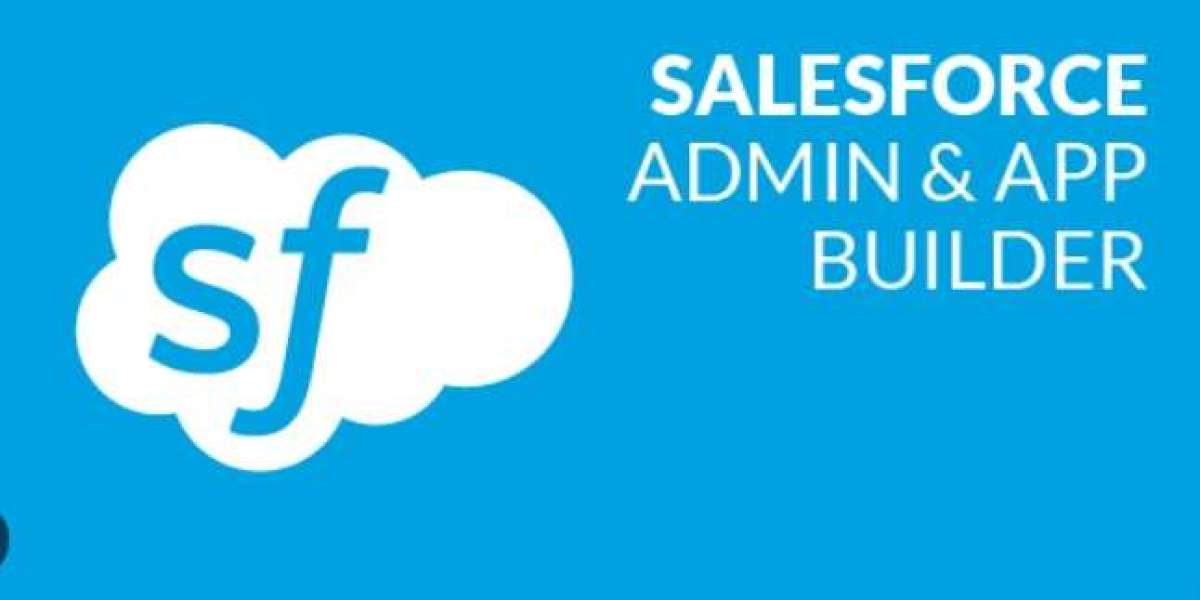Salesforce multi-tenancy is a core architectural principle and feature of the Salesforce platform, which is a leading customer relationship management (CRM) solution. Multi-tenancy, in the context of Salesforce, refers to the ability of the platform to efficiently and securely serve multiple customers or organizations (tenants) within a shared infrastructure and application environment.
Salesforce's multi-tenancy is a foundational architectural concept that underpins the platform's ability to efficiently and securely serve a diverse range of organizations and users. It provides a cost-effective, scalable, and customizable CRM solution while ensuring data privacy, security, and compliance for each tenant. Apart from it by obtaining Salesforce Certification, you can advance your career in Salesforce. With this course, you can demonstrate your expertise how to customize your application including page layouts, fields, tabs, and business processes, create a secure Salesforce environment, maintain and import clean data, create high-value reports and dashboards, and many more fundamental concepts.
This architectural approach has several key aspects and benefits:
Shared Infrastructure: In a multi-tenant architecture, multiple organizations share the same physical hardware and infrastructure resources, including servers, storage, and network infrastructure. This sharing of resources allows for cost optimization and efficient resource utilization.
Isolation: Despite sharing the same underlying infrastructure, Salesforce ensures strict isolation between tenant data and resources. Each organization's data is logically separated and secured, preventing unauthorized access or data leakage.
Economies of Scale: Multi-tenancy allows Salesforce to benefit from economies of scale. The costs associated with managing and maintaining infrastructure are distributed among a large customer base, reducing the cost burden on individual organizations.
Scalability: Salesforce's multi-tenant architecture is inherently scalable. As more organizations and users join the platform, additional resources can be provisioned dynamically to accommodate increased demand without impacting performance.
Upgrades and Maintenance: Salesforce handles system upgrades, patches, and maintenance tasks centrally, ensuring that all tenants have access to the latest features and security updates without the need for individual organizations to manage these processes.
Customization and Configuration: Salesforce provides extensive customization and configuration options to allow each tenant to tailor the CRM platform to its specific needs. Organizations can define custom fields, objects, workflows, and business logic while operating within the multi-tenant environment.
Security and Compliance: Salesforce places a strong emphasis on security and compliance within the multi-tenant architecture. Role-based access control, encryption, and compliance certifications are used to protect tenant data and ensure regulatory compliance.
In summary, Salesforce's success as a leading CRM platform is in large part due to its innovative approach to multi-tenancy, which allows organizations to focus on their core business functions while Salesforce manages the complexities of the underlying infrastructure and services.



